Panic at Apple Due to These 4 iPhone X Features
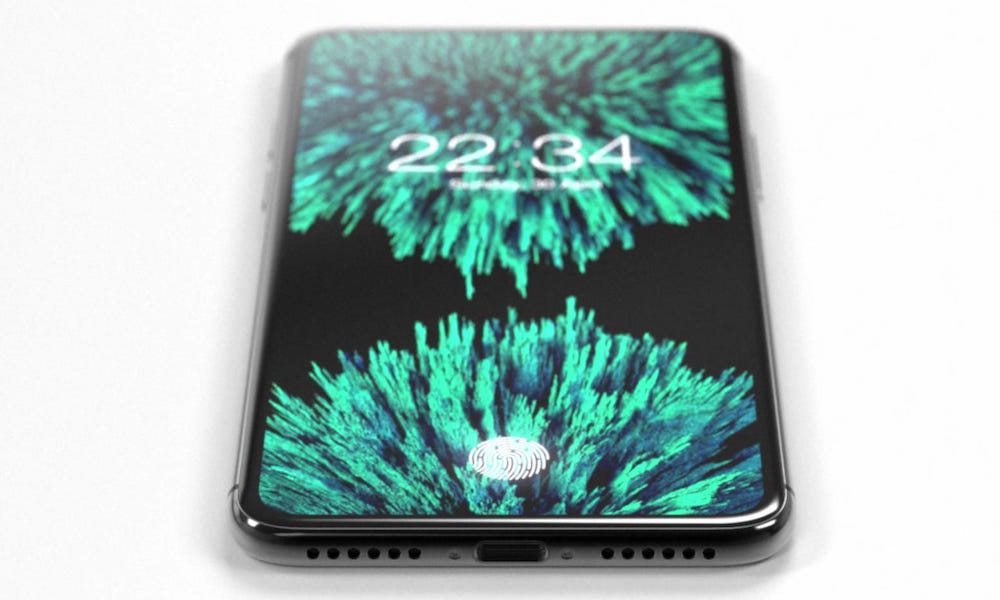 Credit: YouTube
Credit: YouTube
The iPhone X (a.k.a. iPhone 8 or iPhone Edition) is causing problems at Apple. The device is largely expected to introduce a slew of revolutionary new features, but according to a handful of recent reports, those ambitious changes are reportedly causing some trouble for Apple’s engineers. Continue reading to learn about four problematic new features that are delaying the iPhone X.
4 OLED Display and Other Components
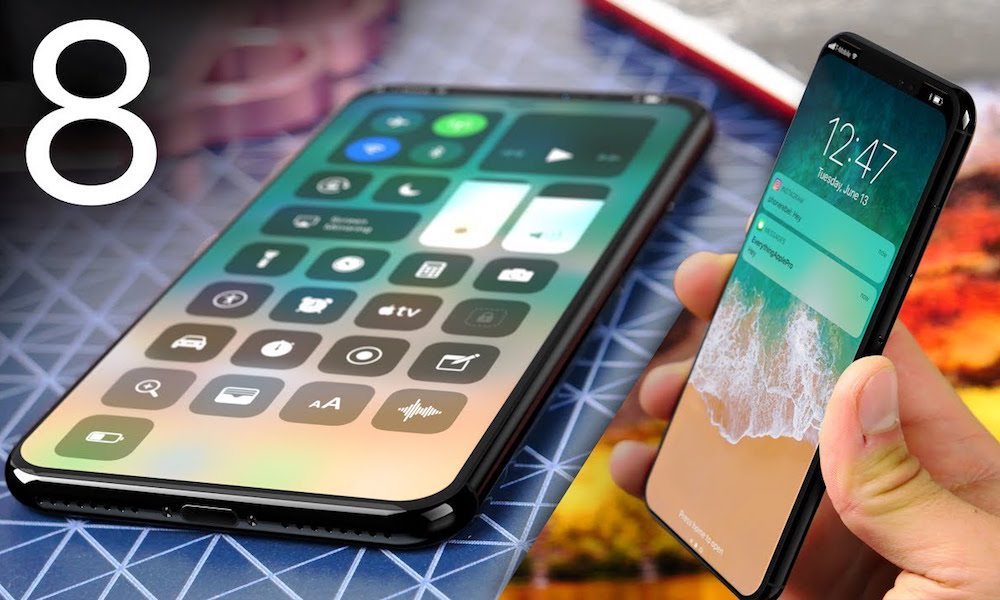
The iPhone X’s edge-to-edge, nearly bezel-free OLED display will likely be one of its standout features. Unfortunately for Apple, the entire industry is suffering from a supply shortage and subpar yield rates of OLED display panels. According to a June 27 DigiTimes report, supply chain sources indicated that Apple would have a hard time shipping 50 to 60 million OLED iPhones this year due to the scarcity.
In fact, OLED supply issues have forced Apple to source most of its panels from competitor Samsung. The Korean company, who is currently the largest supplier of OLED displays, inked a deal with Apple to supply around 160 million panels. Even then, Samsung is reportedly having to bump up its panel production capabilities ahead of the iPhone X to mitigate any supply issues. OLED panels aside, there are other critical component shortages plaguing the industry, which could certainly delay the iPhone X, too.
3 3D Sensor
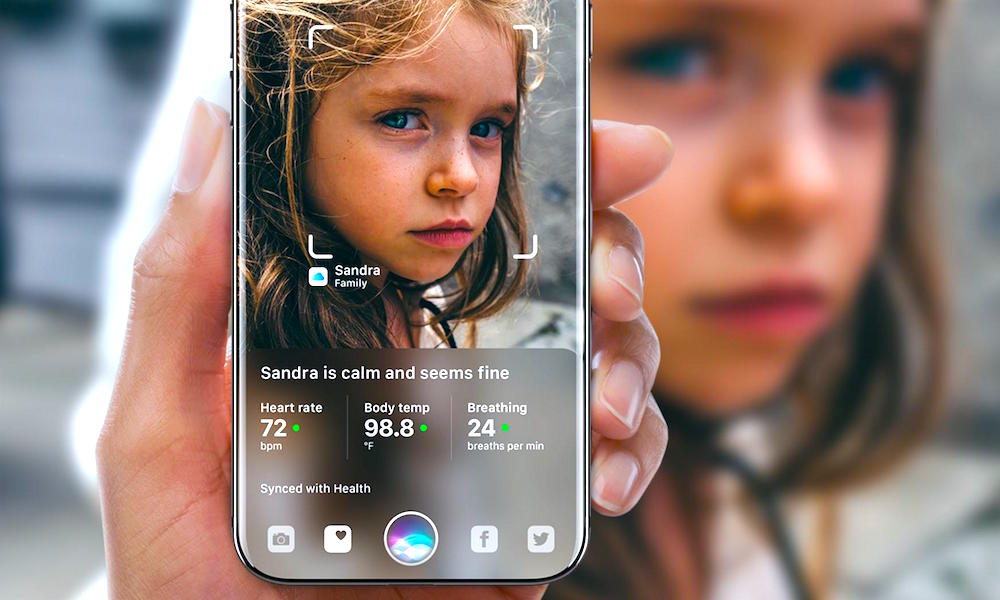
Apple’s upcoming flagship is rumored to sport advanced 3D sensing capabilities, which will be front-facing and could be used to recognize a user’s face and unlock a device. We’ve seen a variety of patents, acquisitions and rumors surrounding the tech, but Apple is apparently having trouble getting it working, according to an insider source cited by Fast Company.
Fast Company’s source says that the issue lies with getting the related software to work reliably, rather than any problems with the 3D sensor itself, though they didn't reveal what the sensor will be used for. Thus, in a worst case scenario, Apple could include the sensor in the device, but wait to “turn it on” in a later software update. Problems aside, the publication’s source believes that the 3D sensing capabilities will be ready in time for launch.
2 Wireless Charging
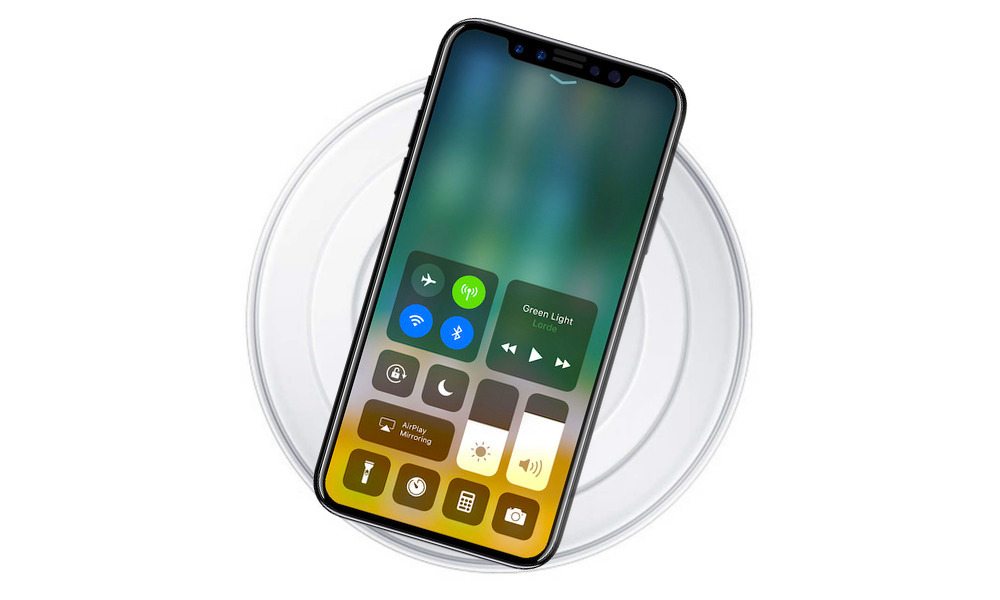
The iPhone X is expected to be the first Apple flagship to feature wireless charging capabilities, largely rumored — at this point — to take the form of an inductive charging solution. Fast Company’s source says it’s a form of the Qi wireless charging standard or some derivative of it (similar to the modified version used by the Apple Watch). Apple joined the organization in charge of the standard, the Wireless Power Consortium, earlier this year.
But like the 3D sensor, Apple’s engineers are running into software issues with the wireless charging tech, which could prompt them to also include the hardware and enable the feature in a later software update. Coupled with a rumor from Apple blogger John Gruber, it’s certainly looking like wireless charging is causing problems. Gruber said the feature “might be late,” and he also corroborated that it might be turned on in a later version of iOS 11. Not only that, Gruber said the accessory that would facilitate wireless charging might be sold separately.
1 Touch ID
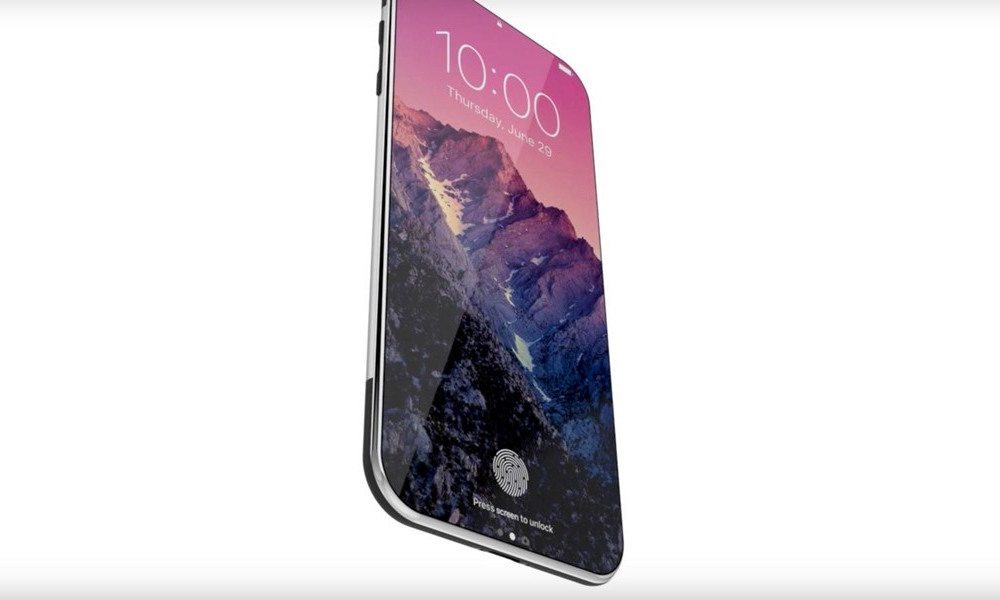
The most prominent feature that’s long been rumored to be giving Apple trouble is Touch ID — specifically, installing a fingerprint sensor underneath the iPhone X’s display. According to an April report, it’s been one of Apple’s biggest “design bottlenecks,” and the trouble it’s caused has apparently spawned a slew of rumors and reports that Cupertino might opt for a rear-mounted solution.
While more recent leaks, schematics and dummies suggest that Apple has succeeded in embedding a fingerprint sensor under the display, a recent story by Barron’s seemed to indicate that Apple is still struggling with getting the feature to work properly. That’s obviously not a good thing this close to launch. The publication cited three market analysts, one of whom said that the iPhone X might be delayed — or, even worse — might ship without a fingerprint sensor at all. Despite that, we’ll still hold out hope that Apple will go with a display-embedded solution.
